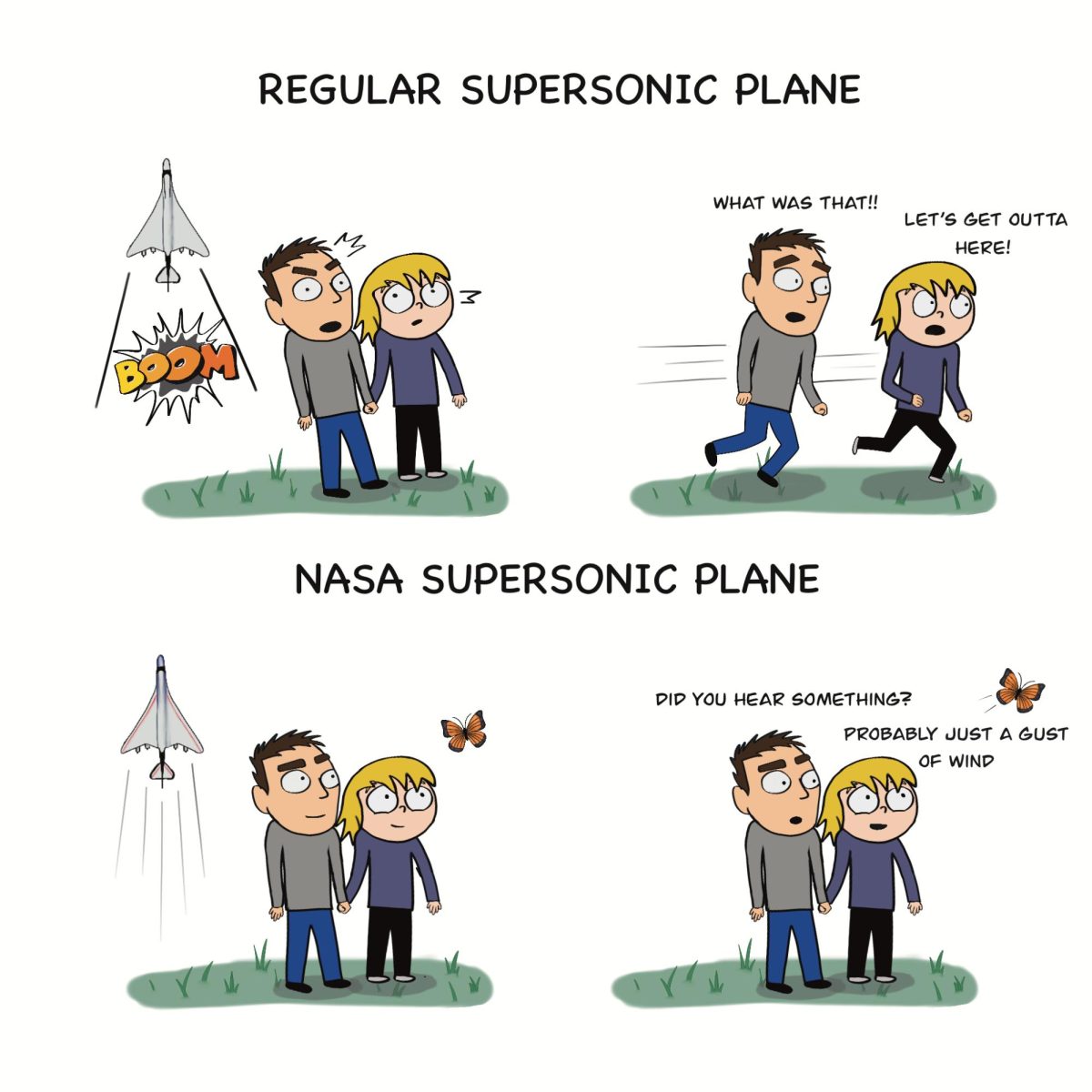Students all around the class take out their computers as their teacher pulls up the slides for the day. The cacophony of clicking keys is constant as the teacher lectures in front of the class showing that the way students take notes has shifted to a more technology-based approach since the pandemic. That trend looks to be continuing even now.
Though this shift towards technology was necessary during the height of the pandemic, junior Malia Alvarado said she notices many of her peers have continued to discard notebooks in favor of technology for note-taking.
“I’ve noticed that many students have shifted their note-taking methods to digital, whether that is using a laptop or a touchscreen device that mimics writing,” Alvarado said.
Alvarado said while she thinks technology can improve collaboration and research-based learning, typing notes on a laptop is less helpful for her own note-taking.
“Note-taking on paper allows me to process and absorb information effectively,” Alvarado said. “When I type notes on my laptop, I focus more on typing than processing information.”
While Alvarado said she thinks taking notes on paper increases her information retention, senior Anthony Chiu said he uses his laptop to help him keep up with teachers’ lectures.
“Occasionally, I use my computer because my hand gets tired, and it becomes hard to keep up with what the teacher’s saying, especially because my handwriting’s not that great,” Chiu said.
However, Chiu said the downside of using a laptop for notes is the ease of access to other apps and distractions.
“Computers are so versatile and can be used for other things besides note-taking,” Chiu said. “It’s so easy to switch to doing something else or clicking on a notification and getting distracted.”
AP Psychology teacher Christopher Farina said while research shows taking notes by hand is more effective, it’s not the physical act of writing that makes the difference. Instead, it’s the content the student takes notes on.
“When people take notes on computers, they can type faster than they can write with their hands, so they try to type every single thing that they hear or read on the screen,” Farina said. “Whereas when people are forced to write by hand, they can’t possibly keep up with all of that. So they have to be paying really close attention and evaluating what information is actually worth putting down.”
Farina said this form of evaluating information is what allows for strong note-taking. Because of this he said both handwritten or typed notes are valuable, as long as students continue interacting with the content.
“The biggest difference for anybody that wants to take notes on their computer is making sure they’re not trying to copy every single thing down,” Farina said. “If you’re able to do the same (interaction with content) by typing, that may confer every bit as much of an advantage as handwriting notes.”









Orange • Dec 8, 2022 at 9:12 am
Maybe for new generation it works better indeed. We got used to writing in school, and I agree that it seems to be more effective. There’s some connection between our brain and the tips of our fingers.
On the other hand, I work in Contenteam agency where I have to write a lot. And slowly, my brain switches to effective memorizing the info that I type. So, maybe it’a question of habit.